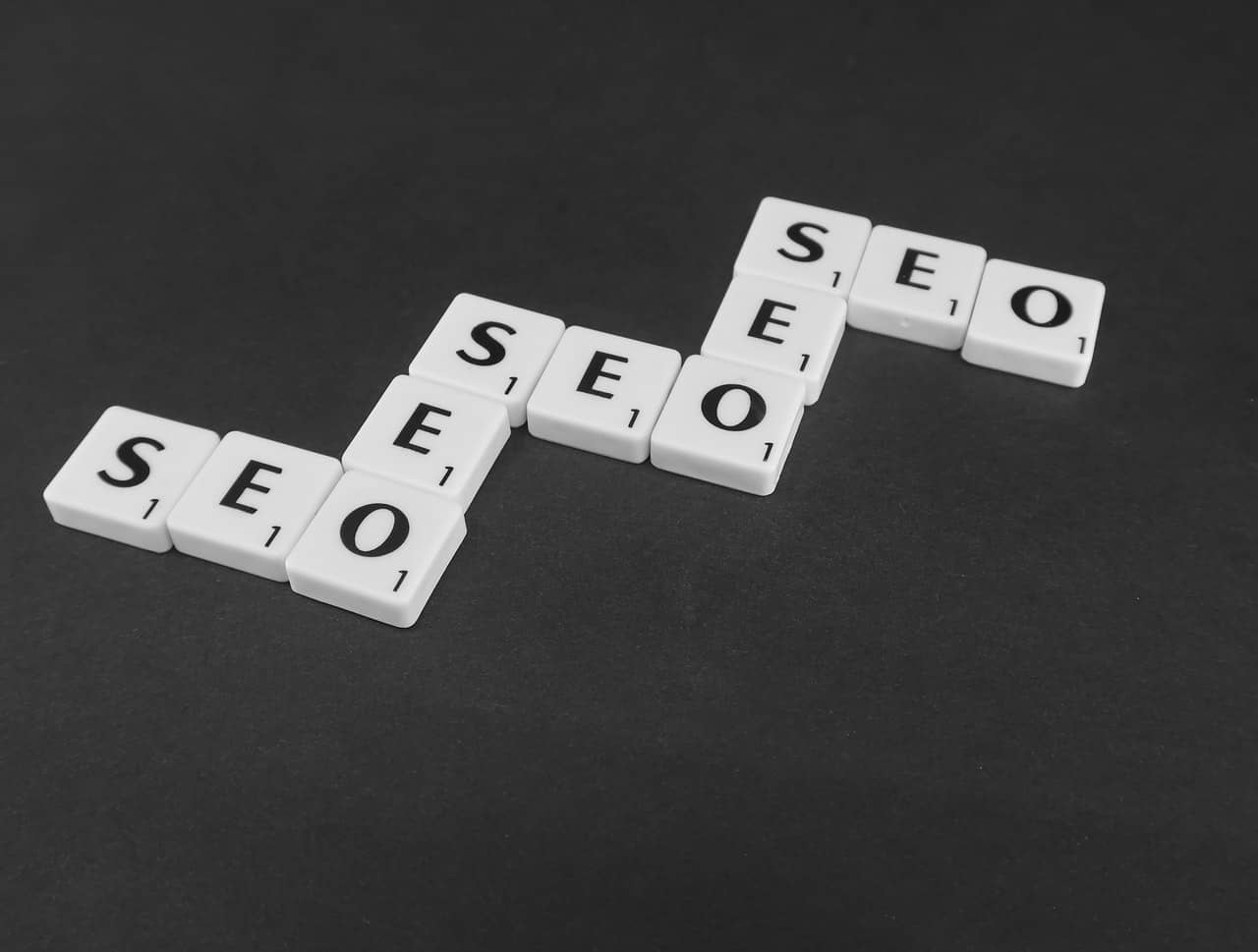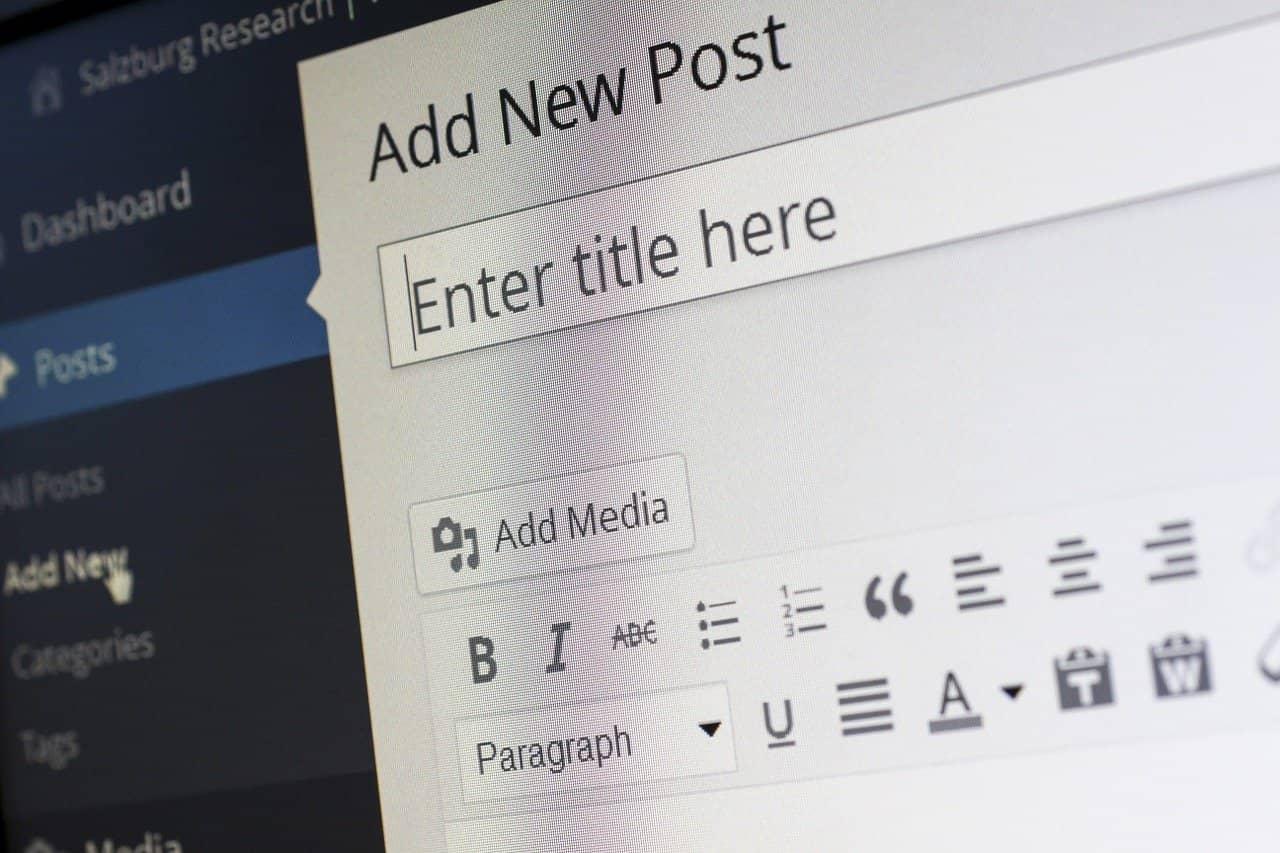A Step-by-Step Guide for Beginners:
Learning to program in PHP can be a daunting task, especially if you are just starting out. Fortunately, with the right instruction, you can quickly become comfortable with the fundamentals of the language.
This guide will provide a detailed, step-by-step approach to learning the basics of PHP programming, from setting up your environment to creating your first program. You’ll learn the syntax of the language, understand how to structure your code, and gain a better understanding of the logic behind programming.
With this guide, you’ll be able to confidently write your own PHP code and create useful applications. So grab your keyboard and let’s get started!
Setting up your development environment
Before you can write any code, you’ll need to set up a development environment. A “development environment” is the set of tools and software used for creating computer programs. These can vary depending on your operating system and programming language.
Since PHP is a cross-platform language, you can write code in many different environments and then transfer it to your server. The most basic setup for writing PHP code is a text editor and a web server.
You can also use Integrated Development Environments (IDEs) like PhpStorm or specialized tools like Laravel Forge or Heroku. For this guide, we’ll be using a simple text editor and a web server.
PHP Syntax Basics:
The syntax of a programming language is how you structure your code. An important part of learning any language is mastering the syntax, so let’s start there.
The syntax of PHP is very intuitive and easy to understand, so you should have no trouble getting started. PHP code is written using a combination of upper- and lower-case letters, numbers, and symbols.
The structure of a PHP program is simple and straightforward. All PHP code must be enclosed by an opening and closing PHP tag. The opening tag is? PHP, and the closing tag is?>. Everything between these two tags is executed as PHP code.
Understanding variables and data types:
Variables and data types are two of the most important concepts to grasp in any programming language. Variables are containers used to store data. They can be used to store any kind of data, like text, numbers, or images.
You can declare multiple variables inside a single program or within different parts of your program. Data types determine what kind of information a variable can store. PHP supports many data types, including strings, integers, floats, boolean, and arrays.
There are also special types, like null and undefined. You can typecast data types by adding a symbol in front of the variable. Let’s look at some examples.
Using functions:
Functions are like mini-programs that can be used inside your main program. They help break down large programs into smaller, more manageable pieces. They also help you reuse code, which is a good practice because it reduces errors.
Since you’re using code that you’ve already tested and debugged, you’re less likely to introduce new bugs. You can create functions in PHP by using the function keyword. It’s a good idea to name your functions something descriptive, so you know what they do. Let’s look at some examples.
Writing loops:
Loops are useful for repeating a block of code multiple times. They can be used to perform the same task on different pieces of data or to do something until a certain condition is met. There are three types of loops in PHP: while, do while, and for.
Creating conditional statements:
Conditional statements are used to execute blocks of code if a certain condition is met. They allow you to do things like changing the appearance of a website based on a user’s location, or displaying different messages to users based on their previous actions.
There are several conditional statements in PHP, including if/else, switch, and if-else if-else. You can use these to evaluate conditions and execute code based on their results. Let’s look at some examples.
Working with arrays:
Arrays are data structures that store multiple values in a single variable. They are very useful for storing data like images, product information, or user information. PHP supports two types of arrays: numerically indexed and associative.
Understanding classes and objects:
Unlike many other languages, PHP is an object-oriented language. This means that almost everything in PHP is an object.
Classes are important in PHP because they are used to create objects. Classes are containers that hold variables and methods, while objects are created from classes. Let’s look at some examples of how classes and objects are used in PHP.
Writing web-based applications with PHP:
Web applications are computer programs that run in a web browser. They are highly useful for creating interactive websites and are often used by businesses. You can use PHP to create web applications because it’s a server-side language.
This means that it is processed and executed on the web server before being sent to the browser. This is important because the code is processed by the server, which means it can perform certain operations, like accessing databases or sending emails, that are not available to the browser.
Debugging and troubleshooting your code:
Debugging is the process of finding and fixing errors in your code. While programming, you will likely encounter errors, especially when you are just starting out. It’s important to know how to troubleshoot these errors so that you can fix them and move on with your code.
The best way to debug your code is to use an integrated development environment (IDE). IDEs help you quickly find and fix errors in your code and are especially useful for beginners. There are many free and paid IDEs available, but one of the best and easiest to use for PHP developers is PhpStorm.
Conclusion:
The basics of PHP are easy to understand and are a great place to start for beginners. Once you have a solid grasp of the syntax and the data types, you can move on to more advanced concepts.
If you’re just getting started with programming, this guide will provide all the information you need to understand the fundamentals of PHP. With these skills, you can write your own code and create useful applications.
We are young/teen girls and boys. We enjoy our life using travel blog and outings and watching people’s lifestyle blog. We try to share our knowledge and what we are looking. We discussed with various people from our and other countries about fashion blog and health blog related knowledge sharing. We get tips and just share them.
Some of us are pure technology blog love guys and girls who share some tips about internet and business blog related. Some of my friends share knowledge on baby care , home improvement, beauty tip blog, and general knowledge. You can easily read our blogs in your free time or on Sunday and get more information with enjoying knowledgeably sharing. That’s why we called Sundaybestblog.
Share This!!







